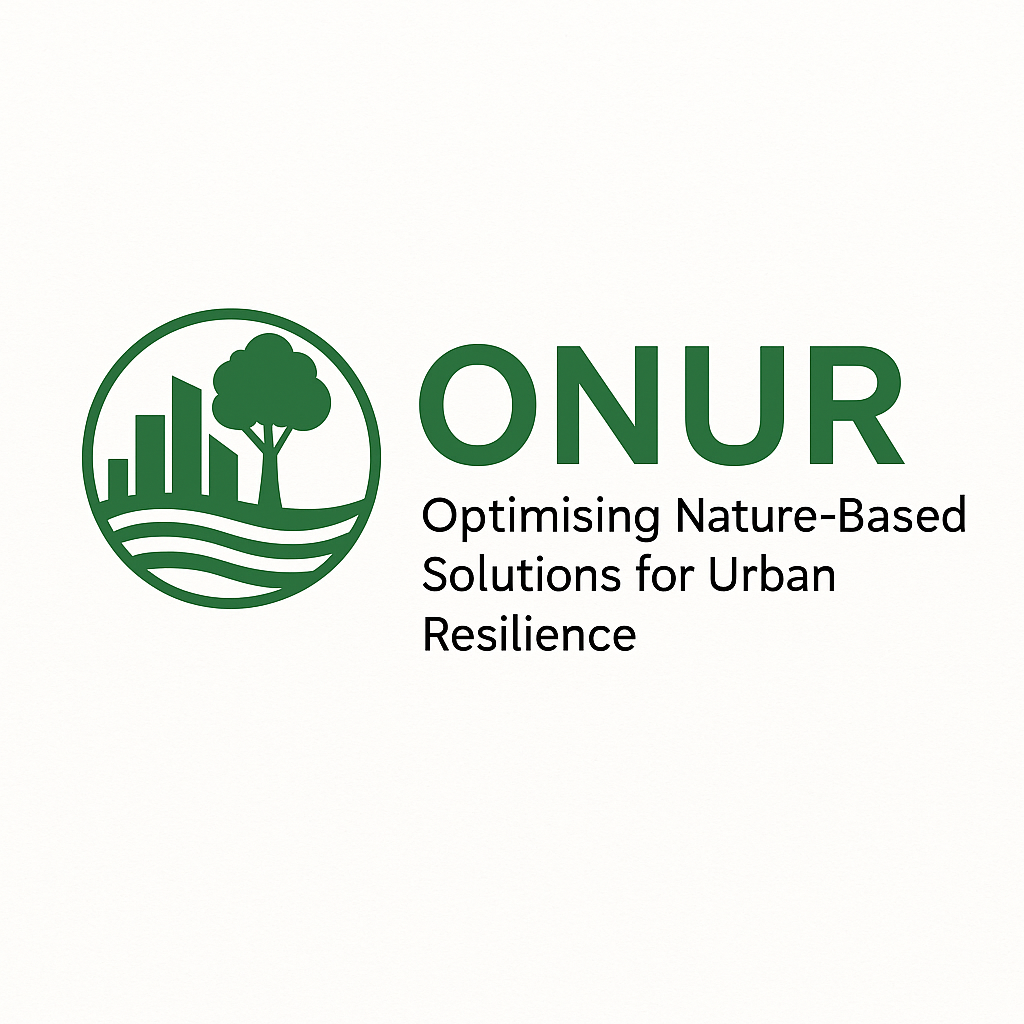
Objectives of the service

The ONUR project explores how satellite imagery can support climate resilience through better identification and deployment of nature-based solutions (NBS). Rather than developing a final product, the project is currently in an early-stage exploratory phase. The focus is on assessing user needs, technical feasibility, and strategic value for building a digital platform that helps cities and humanitarian organisations plan and prioritise greening interventions (e.g., tree planting, green roofs, permeable pavements). It also aims to support social resilience by identifying areas with vulnerable populations and blocked emergency access routes.
Users and their needs
A wide and diverse group of stakeholders has been engaged throughout the ONUR project, ranging from municipal authorities like the City of Luxembourg, Madrid City Council, and Brussels Environment, to national and sectoral actors such as Saudi Arabia’s Ministry of Environment, the Australian Red Cross, and public health practitioners in the United States. These users are looking for tools that help them transition from static environmental assessments to dynamic, data-informed NBS planning. In particular, they seek to identify where interventions will be most impactful, understand their costs and benefits, and communicate this value clearly to internal and external stakeholders. Current tools often lack the granularity, update frequency, or decision-making relevance needed to guide practical action, especially at neighbourhood or district scales. ONUR addresses these gaps by using satellite data and AI models to extract relevant urban greening indicators and support prioritisation decisions across a variety of risk and opportunity contexts.
Service/ system concept
The concept behind ONUR is to provide a planning-support tool that integrates satellite-derived environmental indicators with community and city-level priorities. The solution will include a technical framework to combine data such as tree canopy extent, surface temperature, flood risk, and available space to identify the best mix of nature-based solutions for specific locations. It is designed to enable cities and humanitarian networks to explore where interventions like tree planting, green roofs, or permeable pavements can be most effective, considering local constraints and benefits. The backend system leverages WEO’s cloud-based processing pipelines and AI models, with outputs delivered through a geoportal or integrated directly into municipal systems.
Space Added Value
The ONUR platform depends heavily on open-access Earth Observation data, especially from the Copernicus Sentinel missions. These datasets provide regular, reliable, and scalable inputs on surface temperature, vegetation condition, land use, and water stress. However, to make these datasets actionable for local planning, WEO enhances them using proprietary AI models that increase spatial resolution and interpretability. This transformation is essential for deriving meaningful indicators at the street or neighbourhood level. Space data is not only foundational to the ONUR service—it also enables its affordability, broad applicability, and potential for global scaling.
Current Status

The ONUR project, led by WEO and supported by ESA, is progressing in the development of an optimized planning tool for nature-based solutions to enhance urban resilience. Leveraging Earth Observation data, ONUR is engaging municipalities globally to define platform features, prioritize use cases, and quantify impact.



